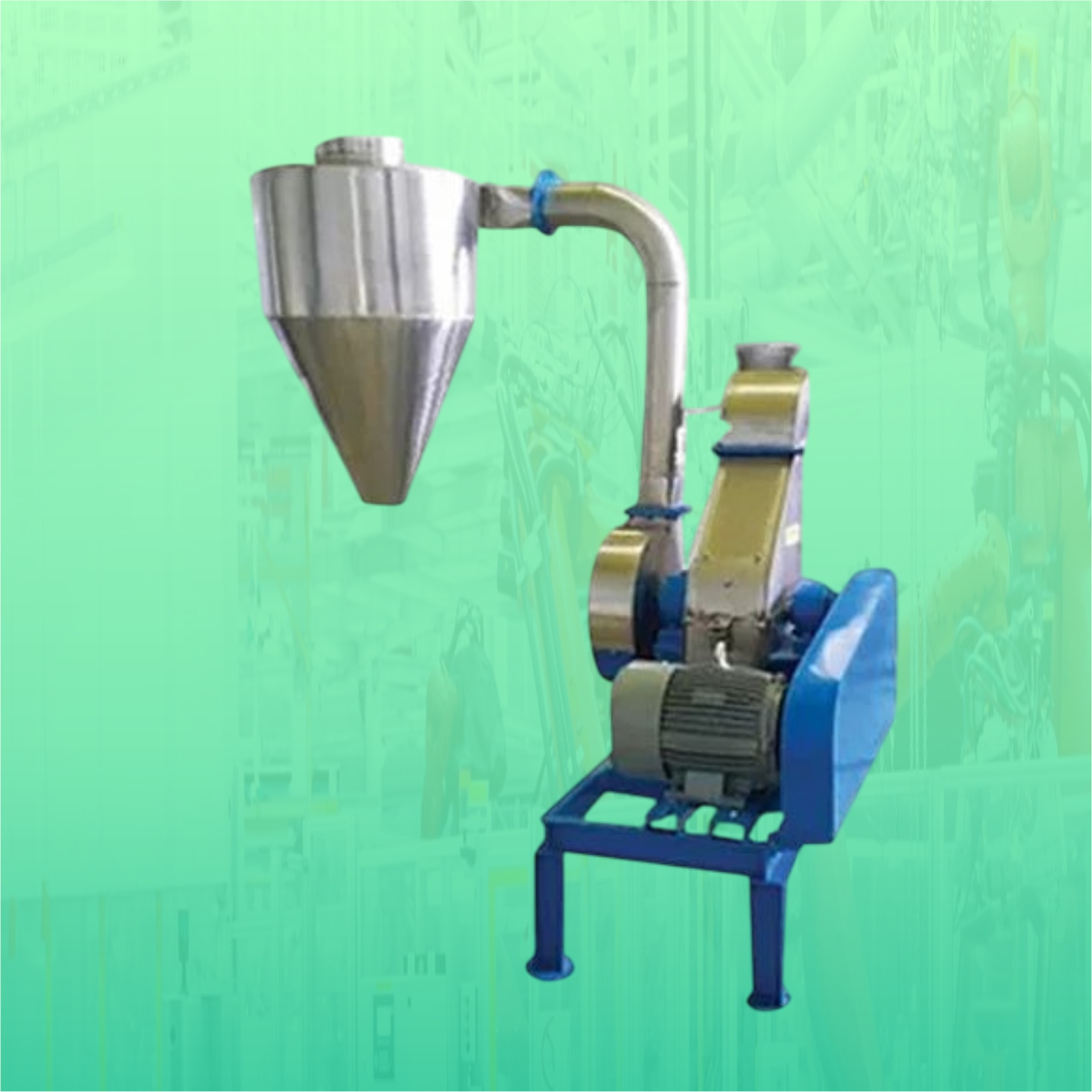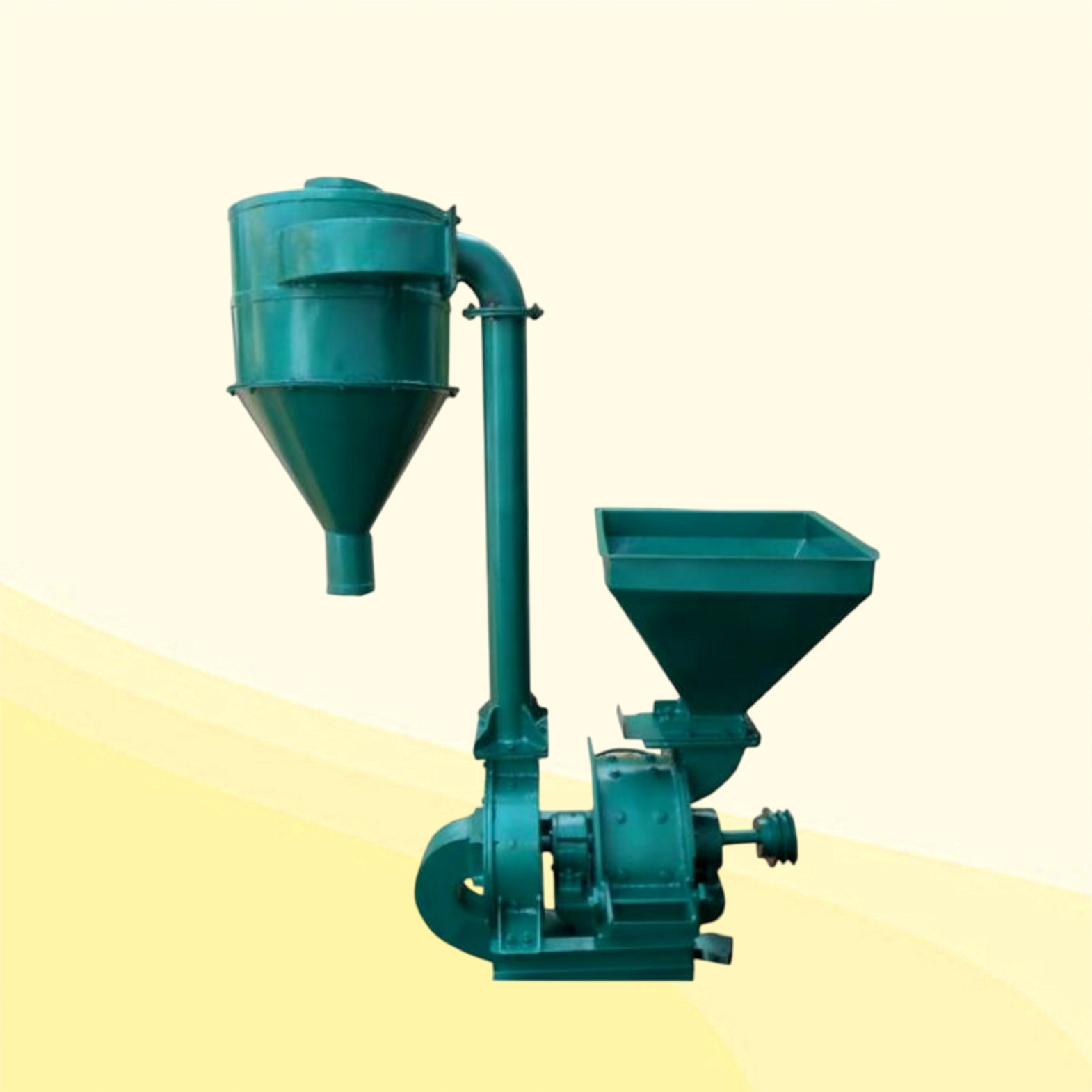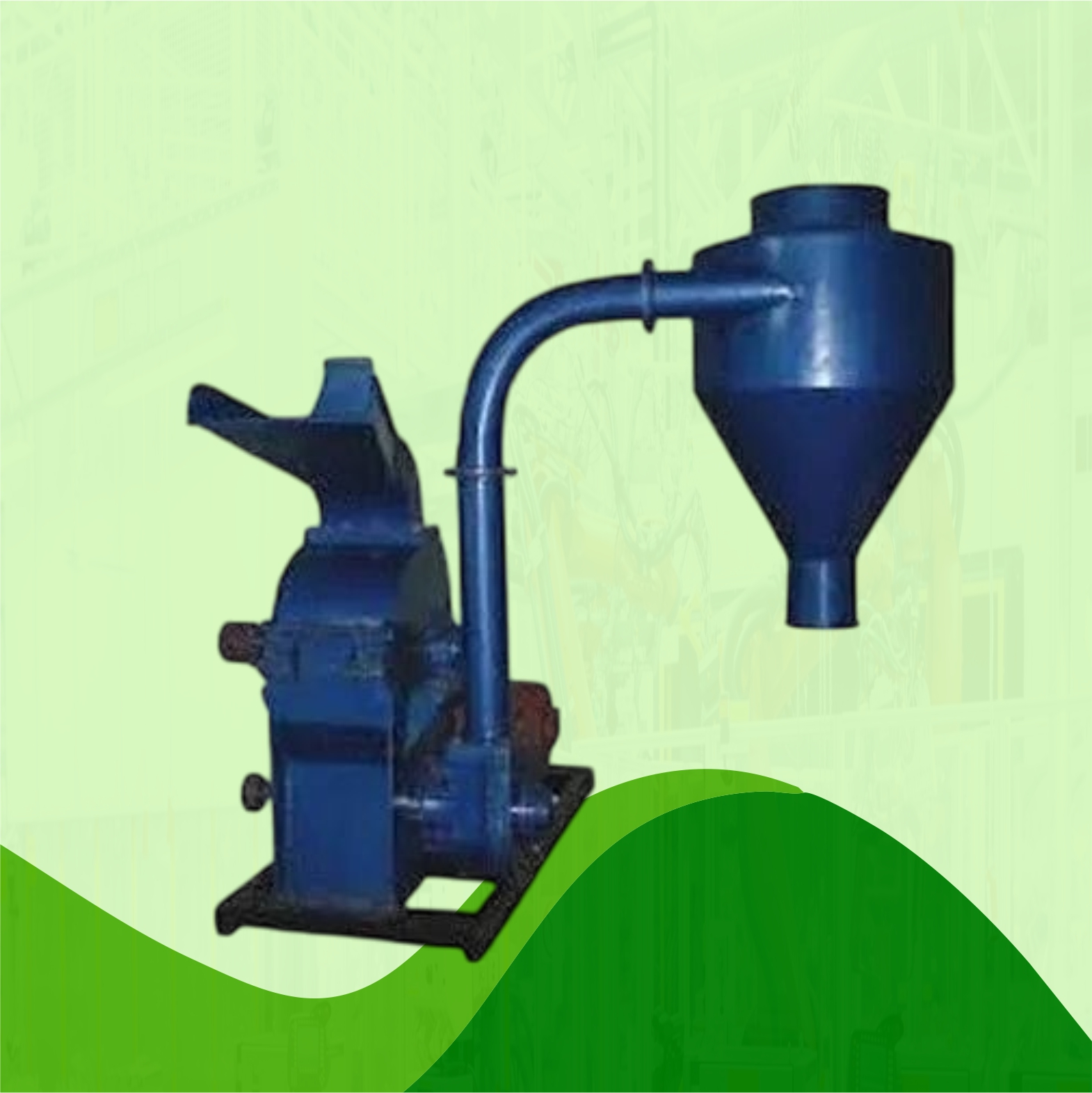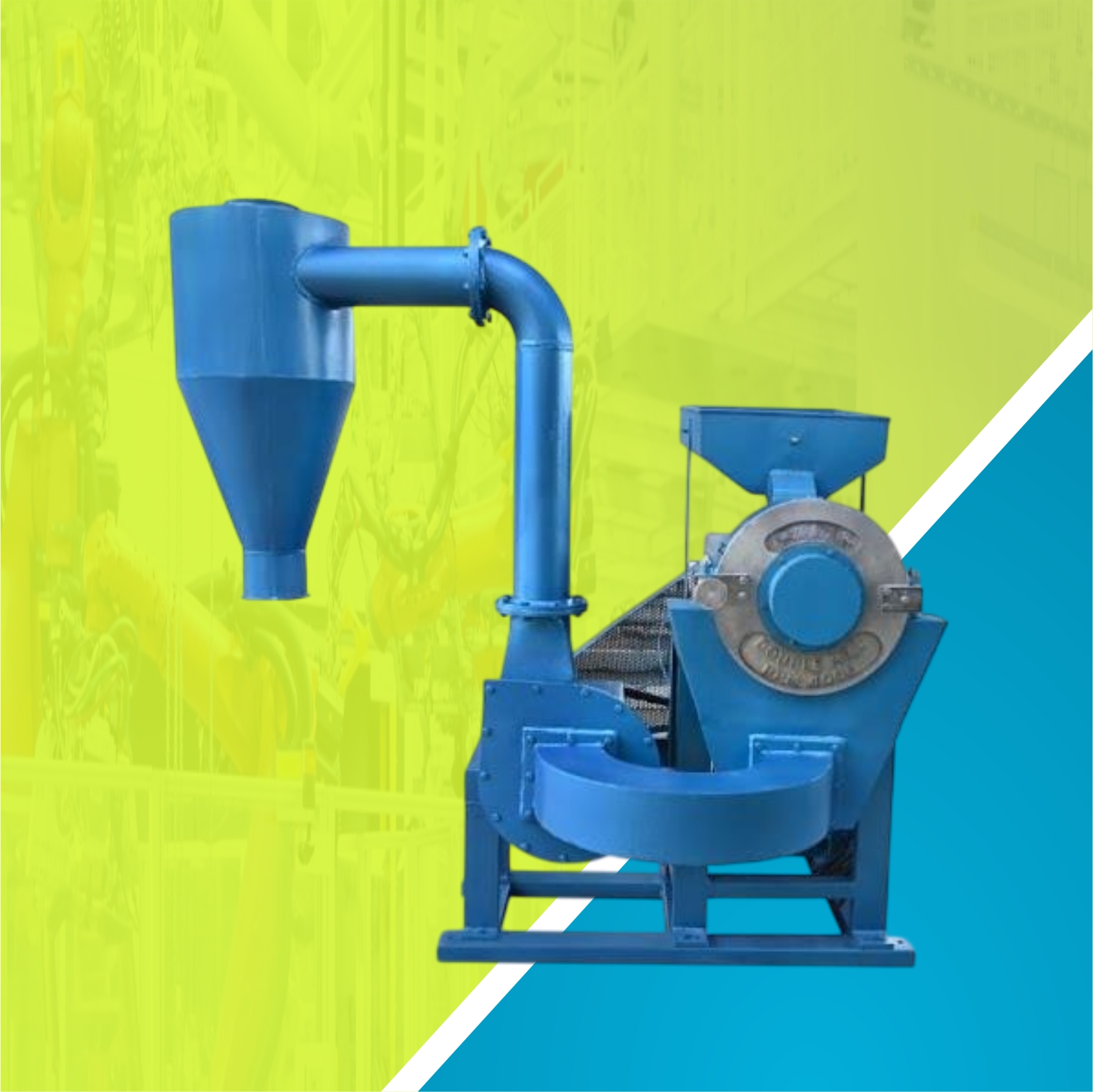Paper Plate Machines
- Double Die Paper Plate Machine
- Fully Automatic Paper Plate Machine
- Hydraulic Paper Plate Machine
- Paper Plate Making Machines
- Single Die Paper Plate Making Machine
Notebook Making Machine
- Notebook Cutting Machine
- Notebook Edge Squaring Machine
- Notebook Making Machine
- Notebook Spiral Binding Machine
- Notebook Stitching And Folding Machine
- Notebook Stitching Machine
Incense Making Machines
- Automatic agarbatti making machine
- Camphor Tablet Making Machine
- Dhoopbatti Making Machine
- Manual agarbatti making machine
Food Processing Machine
- BREAD SLICER MACHINE
- 4 BOLT OIL EXPELLER MACHINE
- 6 bolt oil expeller machine
- 9 BOLT OIL EXPELLER MACHINE
- Atta Chakki Machine
- Automatic paneer press machine
- Automatic rice mill with polisher
- Besan Making Machine
- Cattle feed machine
- Centrifugal chalna seperator
- Chapati Making Machine
- COLD PRESS OIL EXPELLER MACHINE
- Cotton Candy Making Machine
- Dal dryer machine
- Dal polisher machine
- Fully automatic noodles making machine
- Khoya Making Machine
- Kurkure Making Machine
- Kurkure roaster machine
- Laddu making machine
- Malli machine
- Masala coating machine
- Masala Making Machine
- Mini oil expeller machine
- Mini Rice Mill Machine
- Momos Making Machine
- Mustard Oil Expeller Machine
- Namkeen making machine
- Noodles Making Machine
- Oil And Hydro Dryer Machine
- OIL FILTER MACHINE
- Paneer press machine
- Pani Puri Making Machine
- Papad making machine
- Pasta Making Machine
- Planetary mixer machine
- Popcorn making machine
- Potato peeler machine
- Potato slicer machine
- RASGULLA MAKING MACHINE
- Soda vending machine
- Sugarcane juice machine
- Tomato Sauce Making Machine
Other Machines
- Concrete Vibrating Machine
- Automatic slipper machine
- Concrete Mixing Machine
- Cotton Wick Machine
- Hydraulic Press Brick Making Machine
- Ladies Bindi Making Machine
- Manual slipper machine
- Mini chaff cutter machine
- Paper cup making machine
- Sambrani cup making machine
- Sanitary Pad Making Machine
- Tissue Paper Making Machine
- Wire nail grinder machine
- Wire Nail Making Machine
- Wire nail polishing machine
Packing Machines
Detergent Making Machines
Rotary Oven Machine
- 12 tray rotary oven
- 18 tray rotary oven
- 24 tray rotary oven
- 36 tray rotary oven
- 42 tray rotary oven
- 84 tray rotary oven
Masala Making Machine
Price: ₹ 140000
| Product Generic Name |
Masala Making Machine |
|---|---|
| Production |
70 to 80 kg/ hr |
| Power Req |
2 h.p TO 10 h.p |
Add To Cart
Masala Making Machine: A Complete Solution for Efficient Spice Production
A masala making machine is an essential piece of equipment for businesses in the spice processing industry. This machine automates the process of grinding, blending, and mixing various spices, resulting in a consistent and high-quality masala blend. As demand for masalas and spice mixes grows worldwide, investing in a masala making machine can significantly improve efficiency and productivity.
This guide explores the features, benefits, and applications of the masala making machine, and how it can help spice manufacturers and food businesses meet market demands with ease.
What is a Masala Making Machine?
A masala making machine is a type of industrial equipment designed to grind, blend, and mix raw spices into a fine powder or premixed masala. These machines are typically used by spice manufacturers, food processing units, and even small-scale businesses that specialize in making customized spice blends. The machine ensures that the spices are evenly mixed and ground to perfection, maintaining the rich flavors and textures that are characteristic of quality masalas.
How Does a Masala Making Machine Work?
A masala making machine usually operates in a few simple steps:
-
Raw Material Preparation:
The first step involves collecting the raw spices that need to be ground or blended. The spices can be whole, such as dried chilies, cumin seeds, or cardamom pods, or pre-ground ingredients, depending on the specific needs of the masala recipe. -
Grinding or Milling:
The masala making machine comes with grinding or milling components that break down whole spices into a fine powder. This step is crucial for extracting the full flavor from the spices. The machine may be equipped with various types of grinding systems, such as hammer mills, ball mills, or pulverizers, depending on the desired texture of the masala. -
Blending:
After the spices are ground, the machine may include a blending system that ensures an even mixture of different spices. This ensures that each batch of masala has the correct proportion of ingredients, offering consistency in flavor and texture. -
Packaging:
Once the masala is prepared, some machines offer an automatic packaging feature that fills packets or containers with the finished product, ready for distribution.
Benefits of Using a Masala Making Machine
-
High Efficiency and Speed:
A masala making machine can process large quantities of spices in a relatively short time. This is ideal for businesses that need to keep up with high demand, ensuring a steady supply of masalas to meet customer needs. -
Consistency in Quality:
The machine ensures that every batch of masala is ground and blended to the same texture and flavor profile. This consistency is crucial for businesses aiming to maintain product quality, especially in retail or restaurant settings where flavor consistency is key. -
Reduced Labor Costs:
By automating the grinding and blending processes, the masala making machine reduces the need for manual labor. This leads to significant cost savings, as fewer workers are required to oversee the production process. -
Customization:
The masala making machine can be customized to produce different types of masalas, whether they are for specific regional cuisines or customized spice blends. This versatility allows businesses to cater to a wide range of markets and customer preferences. -
Hygiene and Cleanliness:
The use of a machine reduces human handling, which in turn minimizes the chances of contamination. Many masala making machines are made from stainless steel, making them easy to clean and ensuring hygiene standards are maintained during production. -
Reduced Wastage:
With precise grinding and mixing, the machine ensures minimal wastage of raw materials. This helps businesses optimize the use of spices, reducing overall production costs and improving profitability. -
Energy Efficiency:
Modern masala making machines are designed to be energy-efficient, consuming less power while maintaining high performance. This is particularly beneficial for businesses that need to operate the machines for extended periods.
Key Features of a Masala Making Machine
-
Multiple Grinding Options:
Many machines come with interchangeable grinding tools or settings that allow businesses to produce different textures of masala, from fine powders to coarser blends. -
Heavy-Duty Motor:
The machine is equipped with a powerful motor capable of grinding large quantities of spices without overheating, ensuring long-term reliability. -
Stainless Steel Construction:
The body of the masala making machine is typically made from stainless steel, which is durable, easy to clean, and resistant to rust or corrosion. -
Adjustable Speed and Capacity:
The machine can often be adjusted to suit different production volumes, offering flexibility depending on the business's requirements. It allows operators to fine-tune the grinding and blending speed for optimal results. -
Efficient Cooling System:
Some advanced machines come with a cooling system that prevents overheating of the spices, ensuring that the natural oils in the spices are preserved and the final product maintains its flavor. -
User-Friendly Interface:
A digital control panel or touch screen allows operators to easily adjust settings such as grinding speed, blending time, and capacity. This makes the machine easy to operate even for unskilled labor.
Applications of a Masala Making Machine
-
Spice Manufacturing Units:
Large-scale spice manufacturers use masala making machines to process various spices in bulk, ensuring a consistent supply of high-quality masalas to the market. -
Food Processing Industry:
Many food processing companies rely on masala making machines to create ready-to-use spice mixes for packaged food products, such as curry powders, garam masala, and other pre-blended spice mixes. -
Restaurants and Catering Services:
Restaurants, hotels, and catering services use masala making machines to prepare fresh masalas daily, ensuring that their dishes have authentic, flavorful spices. -
Small-Scale Producers:
For smaller businesses or home-based producers, masala making machines can be a game-changer in terms of increasing productivity while maintaining traditional flavors.
How to Choose the Right Masala Making Machine
When selecting a masala making machine, consider the following factors:
-
Production Volume:
Determine the volume of masala production needed. If you have a small-scale business, a machine with a lower production capacity may suffice, while large manufacturers may need machines with high throughput. -
Type of Spices:
Ensure the machine is suitable for the specific spices you want to grind and blend. Some machines are designed for specific types of spices, such as dry, wet, or oily spices. -
Customization Features:
If your business requires unique spice blends, look for a masala making machine that offers customizable settings for different textures, grind sizes, and blending capacities. -
Ease of Maintenance:
Choose a machine that is easy to clean and maintain. Stainless steel construction and removable parts can simplify the cleaning process and improve the machine’s longevity. -
Energy Efficiency:
Look for a masala making machine with low power consumption. An energy-efficient machine can help reduce operational costs, particularly if you are running the machine for extended hours. -
Budget:
The price of masala making machines can vary based on their features and capacity. Choose a machine that meets your production needs and fits within your budget while ensuring long-term reliability.
Conclusion
A masala making machine is an essential tool for businesses involved in spice production, food processing, or catering. It enhances efficiency, ensures consistent product quality, and reduces operational costs by automating the grinding, blending, and mixing processes. With its wide range of applications and customizable features, it’s a valuable investment for any spice manufacturer or food business looking to increase productivity and meet the growing demand for quality masalas.
-
High Efficiency in Grinding
This machine efficiently grinds a wide variety of spices, ensuring high output with minimal effort, making it ideal for large-scale production. -
Consistent Quality
Provides uniform particle size and texture, ensuring consistent quality in every batch of masala and spice mix. -
Time-Saving Automation
Automates the entire grinding process, significantly reducing the time spent on manual labor and boosting productivity. -
Versatility in Spice Production
Capable of grinding multiple types of spices, herbs, and seeds such as cumin, coriander, turmeric, and chili, offering flexibility in product variety. -
Energy Efficient
Designed to operate with low power consumption while maintaining high output, making it a cost-effective solution for spice grinding. -
User-Friendly Operation
Simple controls and easy-to-follow instructions make it accessible for operators with minimal technical expertise. -
Durable & Long-Lasting
Made with high-quality materials like stainless steel, ensuring longevity and resistance to wear and tear even with continuous use. -
Hygienic & Food-Safe
The machine is built with food-grade stainless steel and other safe materials, ensuring that the spices are ground in a hygienic and safe manner. -
Compact & Space-Saving Design
Despite its high efficiency, the machine is compact enough to fit into small to medium-sized production units or kitchens. -
Low Maintenance
Requires minimal maintenance due to its sturdy construction, reducing downtime and the need for frequent repairs. -
Increases Business Profitability
By improving grinding efficiency and consistency, the machine helps businesses reduce wastage, improve production speed, and boost profitability.
1. Is the Momos Making Machine easy to operate?
Yes, the machine is designed to be user-friendly. Most models come with easy-to-follow instructions and require minimal training to operate effectively, making them suitable for both beginners and experienced operators.
2. What types of spices can be ground?
Masala making machines can grind a wide variety of spices, including but not limited to chili, turmeric, cumin, coriander, mustard seeds, pepper, ginger, and cloves.
3. What are the benefits of using a Masala Making Machine?
-
Efficiency: Machines can significantly speed up the grinding process compared to manual methods, saving time and effort.
-
Automation: Many machines offer automated grinding, blending, and even packaging, reducing the need for manual intervention.
-
Hygiene: Machines are designed with food-grade materials to ensure hygienic processing.
-
Consistency: They can ensure consistent grinding and blending, leading to a more uniform and high-quality masala.
4. How do I choose the right Masala Making Machine?
-
Consider your needs: Determine the size and capacity you need based on how much masala you typically make.
-
Look for features: Consider features like lid locks, safety switches, and different grinding settings.
-
Check for a strong motor: A strong motor is crucial for grinding harder spices.
-
Read reviews: Research and read reviews to learn about the performance and reliability of different models.
5. How do I store masala after grinding?
Store the ground masala in an airtight container, away from direct sunlight and heat, to maintain its flavor and freshness.
6. Are there different types of Masala Making Machines?
Yes, there are various types, including commercial machines, small-scale grinders, and even stone grinders (Chakkis).
7. How do I maintain and clean my Masala Making Machine?
Consult the manufacturer's instructions for cleaning and maintenance procedures.
8. What is the difference between a stone grinder and an electric grinder?
-
Stone grinders (Chakkis): Use traditional grinding stones to crush spices, known for preserving the natural oils and flavors.
-
Electric grinders: Use rotating blades or other mechanisms, offering speed and convenience.
9. What is the price range of a Masala Coating Machine?
The price of a Masala Coating Machine can vary depending on the model, size, and features. Generally, prices range from a few thousand dollars for smaller models to higher costs for large-scale, high-efficiency commercial machines. It's best to get a quote based on your specific requirements.


.jpg)

